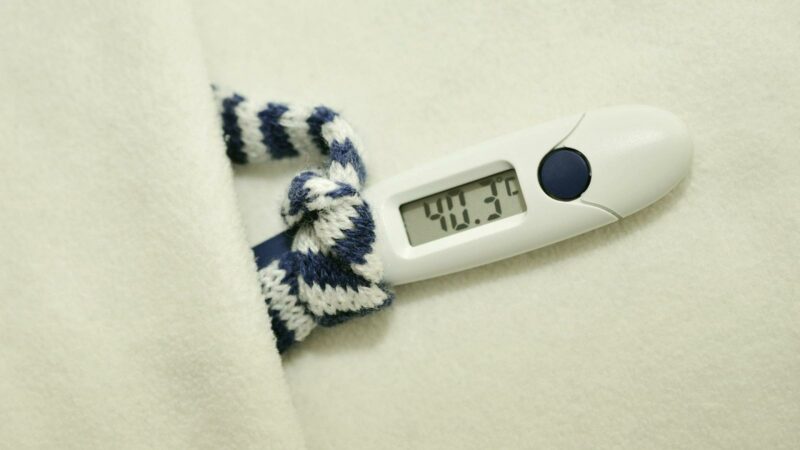Still’s disease FAQ’s
- Other names (synonyms): systemic juvenile idiopathic arthritis (SJIA or SoJIA), adult-onset Still’s disease (AOSD), Wissler-Fanconi syndrome, Subsepsis hyperallergica
- While the disorder was described in the late 1890’s, AOSD was first described by Sir Eric Bywaters in 1971 and again by Dr. Joseph Bujak in 1973.
- Still’s disease is exceedingly rare, with 1.6-40 cases per 1,000,000 persons per year.
- Cause: unknown. Unlike other autoinflammatory disorders that have a known genetic defect, Still’s disease is not genetic and is instead acquired. It is postulated that an environmental or infectious trigger, in a susceptible person, activates and perpetuates inflammation. The key mediators of inflammation are interleukin-1 (IL-1), IL-6 and IL-18.
- Definition
- Systemic JIA: affects children with an onset under age 16 yrs; SJIA is one of several types of juvenile arthritis. Distinguishing features include high fevers, arthritis, rheumatic rash, enlargement of the liver and spleen, enlargement of the lymph nodes, pleurisy, pericarditis, high white blood cell counts and anemia, it was originally called systemic-onset juvenile rheumatoid arthritis or Still’s disease.
- Adult-onset Stills” AOSD is a systemic inflammatory disease that typically afflicts young adults. It is characterized by spiking daily fevers, intermittent rashes, and chronic arthritis in multiple joints. Common features include a sore throat (during the onset), prodromal sore throat (70%), weight loss (> 10% body weight), lymphadenopathy, hepatomegaly, splenomegaly, pleuritis and pericarditis and labs suggestive of excessive inflammation.
- Still’s affects males and females equally with nearly 80% having onset before age 35 years.
- Still’s disease fevers must be over 102°F, may be as high as 105°F and typically recur at the same time each day, usually late afternoon (3–6 PM) or late night (11 PM–2 AM).
- The classic “triad” of Still’s disease: you need to have 3 classic manifestations to have an accurate diagnosis of Still’s disease (or you need to meet “criteria”). Nearly 90% of patients will manifest these symptoms in the first 3-6 mos. of symptoms.
- Quotidian (means daily) fever greater than 102oF (or 39oC)
- Evanescent “salmon-pink” rash (meaning it comes and goes daily, usually at onset with fever, on the trunk, arms, and legs – never on face, palms, or soles of feet)
- Polyarthritis (meaning 4 or more swollen joints)
- Joint “pain” is not the same as “arthritis” – arthritis implies inflammatory swelling of the joint. Pain in the joints can have many causes (damage, strain, inflammation of the joint or structures around joints – including ligaments, tendons, cartilage, or nerves).
- Polyarthritis in Stills disease may evolve in 20-33% of cases and can lead to damage, disability or a pattern of arthritis that resembles “rheumatoid arthritis” (but tests for RA are negative).
- Typical laboratory (blood test) findings: Extremely high white blood cell counts (WBC) and ESR (“sed rate” and CRP (all indicating inflammation). Half of patients will have remarkably high ferritin (iron) levels. Still’s patient will have negative tests for lupus (ANA negative) and rheumatoid arthritis (RF or CCP negative).
- How long with this disease or inflammation last? This is unknown and highly variable. To have a firm diagnosis of Still’s disease, symptoms should be present for more than 6 weeks. The inflammatory (febrile) disease phase will last 8 months to 8 years in most patients and will spontaneously remit (or stop). Up to one-third of patients may develop chronic arthritis that may be life-long.
- Complications are uncommon and may indicate more severe disease. This includes:
- Common: Pleurisy, pericarditis, liver involvement, swollen joints, neck pain, weakness, muscle aches, weight loss, steroid side effects, injection site reactions (with certain biologic injectable therapies)
- Uncommon: Macrophage activation syndrome (MAS; in <3%), infection, wrist fusion, ankle fusion, neck (cervical fusion), joint damage or erosions
- Rare; Kidney failure from amyloidosis, bleeding problems (DIC), chronic lung disease, ocular masses, or eye inflammation
- Drugs that are effective and commonly used to control inflammation (i.e., fever) include corticosteroids or “steroids” (like prednisone), methotrexate, interleukin-1 inhibitors (canakinumab, anakinra), IL-6 inhibitors (tocilizumab, sarilumab) and other immunosuppressants for difficult or refractory cases.
Drugs that are NOT effective and not used to control inflammation (i.e., fever) of Still’s disease include colchicine, hydroxychloroquine, abatacept, rituximab, or TNF inhibitors (infliximab, etanercept, adalimumab, certolizumab or golimumab). Many of these may be used to treat the arthritis but will not help inflammatory features such as fever, rash, pleuritis, weight loss, etc.
Injection site reactions (ISRs) may occur when starting IL-1 or IL-6 injectable therapies. The frequency of ISRs can range from 9-12% with canakinumab to 71% with anakinra.
Still’s disease is one of the more common causes of undiagnosed fever (so called, fever of unknown origin/FUO), occurring in 5% to 9% of FUO series. Most major medical centers will see one to two cases of Still’s disease per year.
Diagnosis is difficult for those unfamiliar with Still’s disease. Yet, the diagnosis can be facilitated by using criteria or the StillsNow.com Diagnosis Calculator.
Who can make this diagnosis with certainty? Pediatric or adult rheumatologists or infectious disease doctors (who upon finding no evidence of infection causing fever, may suggest a diagnosis of Still’s disease)
Author: Jack Cush, MD
Related Content
-
June 25, 2022
Debunking myths and misconceptions when it comes to autoinflammatory diseases.
-
May 14, 2022
Pulmonary Hypertension in Adult Onset Still's Disease: Dr. Jack Cush https://youtu.be/-AbdM8Pi_Sk JAK…
-
January 1, 1970
Still's disease is an autoinflammatory disease characterized by spiking fever, rash, polyarthralgia, sore…
-
May 14, 2022
Emapalumab Treatment in Macrophage Activation Syndrome: Dr. Fabrizio De Benedetti https://youtu.be/yHBRXphEhe0 Macrophage…
-
May 14, 2022
Dr. Olga Petryna - Canakinumab in Adults and Pediatric Still's Disease https://youtu.be/izWYPBbQyKk …





